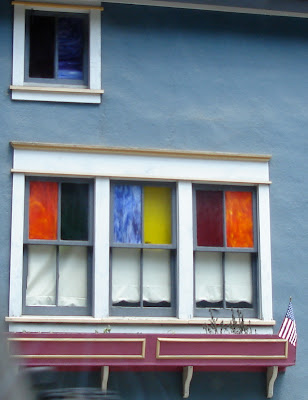 Saturday has arrived. The day when we add some pink energy to our week.
Saturday has arrived. The day when we add some pink energy to our week.
This week I have a true life tale for you. "The saga of the Pink Ball"
There is an old lady I know who loves to bowl. She bowls so often and so well that she racks up a large number of free games. Therefore she is always inviting people to bowl with her to use up those free games.
This past Friday afternoon the Old Salt and I were members of a group of nine invited to join this queen of the senior league to an afternoon of bowling. The rest of the group included two forty-something women and their children. A total of five kids aged from seven to fifteen.
Since none of the members of this group are regular bowlers each had to hunt for a ball they liked from the alley's supply. As luck would have it, the three youngest (all girls and sisters) picked the same ball. Not because it had the right finger holes, or the right weight, but, because it was shocking pink in color.
This is seven year old Mary Rose with the hot pink ball
Three games of bowling were played and after the first few frames the pink ball became the sole property of Mary Rose. She did give other balls a try, and despite the fact that the pink ball was as big as she is, she liked it best.
At the end of three games the scores were tallied and the person with the highest game score was crowned the winner. And, the winner turned out to be-------- why the person who struck with the hot pink ball of course.
Yes, the youngest person in the group, the person who could barely lift her ball, had the highest game score of ---------- you ready for this------ her score was 112.
Yep, the Old Salt and I got beat by a seven year old with a hot pink ball.
07-27-09 I am adding a couple more shots of that infamous pink ball.
To join the fun or visit the other participates click here.
 Thursday, already. Well that means it time for window views. The day we get to showcase all those great windows in our community.
Thursday, already. Well that means it time for window views. The day we get to showcase all those great windows in our community. 











































